Gilding is coming to an end in the Encyclopedia, but not for me!
I spent some time today trolling the home goods shelves at Ross, looking for things to cover with gold or silver foil. I’m hooked, y’all. I found a few things, and then I found some things laying around the house, and long story short, you will see more original gilding in the weeks to come, I fear.
The last project was gilding bowls. Or bowl, in my case. I happened to have this old wooden bowl that we got for our wedding, and it has a tiny crack in it. Enough of a crack that I don’t want to put anything liquid in it, but not enough to throw the bowl out. Perfect for gilding!
This time, I used paper-backed gilding, which is easier to handle because it’s lightly attached to paper. You can pick up the paper and position it, and once you set it down you rub it and the gilding comes off onto your surface. I bought it at Michaels.
I coated my bowl with size and got started.
Here’s how it looked after I had a few sheets on:
The problem with this project is that it’s hard to get the gold leaf to lay well on the curved surface of the bowl, so you end up with a lot of tears. The Encyclopedia acknowledges this, telling you to use the little bits of gold leaf left on the papers to “fill in holes or cracks.” And there were a lot of these. Witness:
And they ended up being rather difficult to patch. Some of them were so thin that there wasn’t enough size peeking through to make more gold leaf stick. So I tried putting more size on the more patchy areas after I’d finished the whole thing, which didn’t work well at all. First, the size didn’t stick very well to the leaf, and then it left a kind of film on the leaf that wasn’t cracked, so I had to cover over everywhere size got painted, whether or not it actually had a crack. And then the patching was more noticeable than it was on the eggs.
Looking at Martha’s photos in the book, I don’t think I did much worse than her people did, because her bowls look less than perfect, too.
The overall result is nice, though.
If you look closely, you can see some of the patching (look in particular at the rim on the lower part of the photo).
As Martha did, I left the outside of the bowl wooden, which makes a nice effect, I think.
Now I’ll have to figure out what to do with this bowl.
TIME INVESTED
About 3 hours
DIFFICULTY
Difficult
TOTAL COST
- round bamboo bowl, Target, $19.79
- imitation gold leaf booklet, $14.00
- Aluminum Basic Gilding Kit, $29.95 (from Gilded Planet)
- gilder’s tip brush, $25.50
Total cost = $89.24
WAS IT WORTH IT?
Hmmm. Well, kind of. It’s an expensive craft, but once you have the supplies, you can do a lot with them. The bowl is definitely more useful than the eggs. But is it much more beautiful than one you could buy in the store? Or less expensive? I found these pretty little ceramic bowls online:
(Image: Olive + Cocoa)
Lovely, aren’t they? Now, these are porcelain bowls that are coated with platinum inside, but they are $84 for the set of two. You could probably do something similar for much less. It wouldn’t be platinum (although I’m sure you could find platinum leaf!), but it could make a nice gift.
What do you think?
Next up is glittering. Oy. I find glitter to be a bit unrefined, but I’ve got a lot of it in my future.
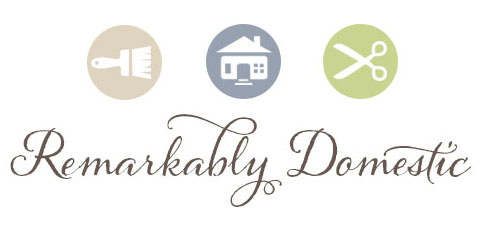




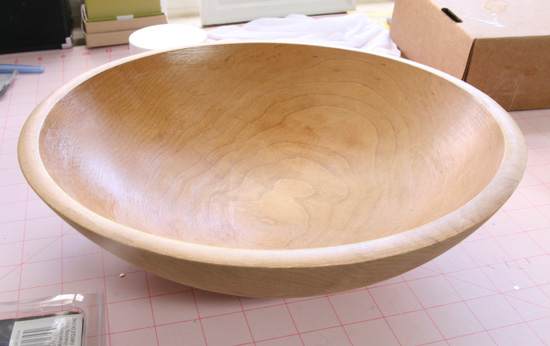
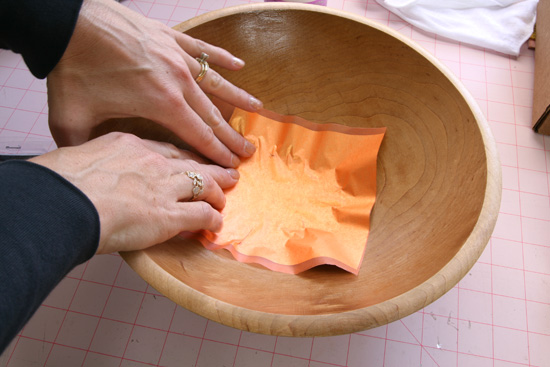
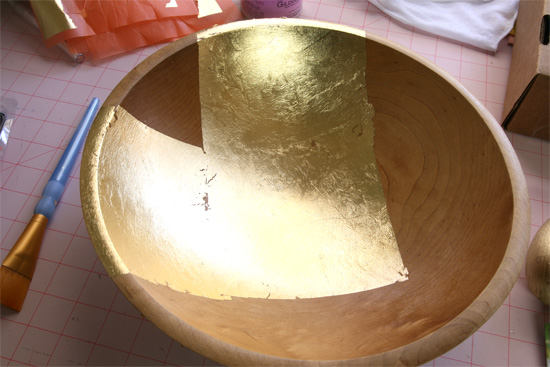
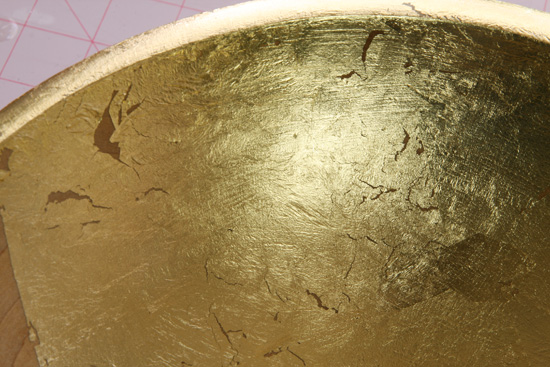
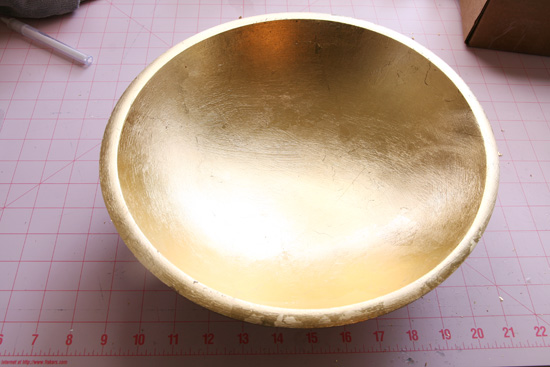
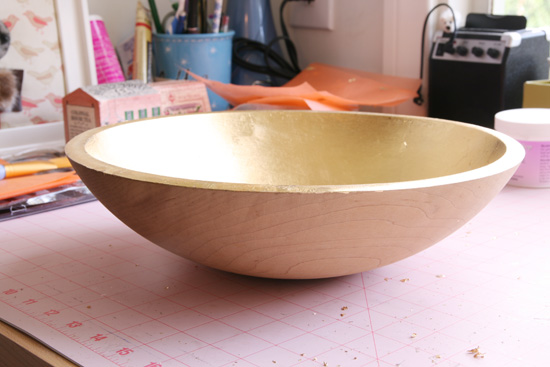




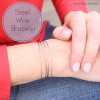
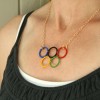




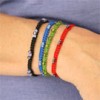
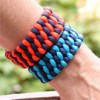
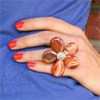
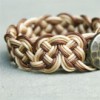
Love! And I wouldn’t have thought to leave the outside wooden but it is so nice that way! I would just put it on a console table and resist the urge to put anything in it. Maybe put it between two tall candlesticks so that when lit, the light would reflect in the bowl.